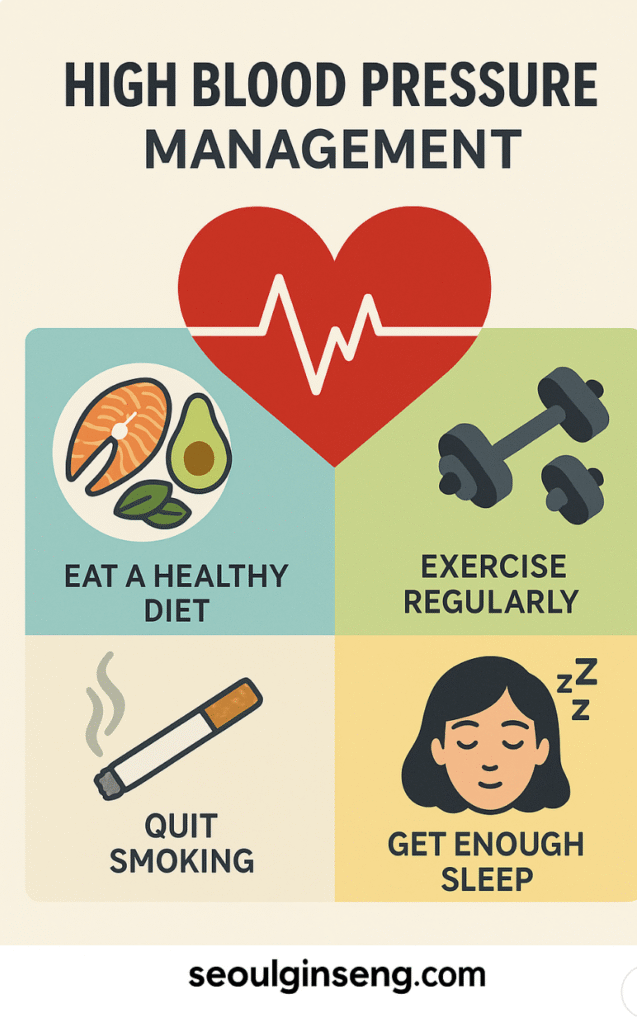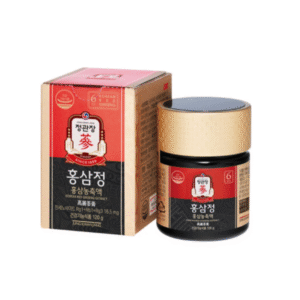High blood pressure, also known as hypertension, is one of the most common yet dangerous health conditions affecting millions of people worldwide. Often referred to as the “silent killer,” hypertension develops gradually over years and can remain undetected until significant damage has been done to the heart, brain, kidneys, and blood vessels. According to the World Health Organization (WHO), nearly 1.3 billion adults globally suffer from high blood pressure, yet fewer than half are aware of their condition.
What Causes High Blood Pressure?
High blood pressure occurs when the force of blood pushing against artery walls is consistently too high. Several factors contribute to its development:
- Poor diet – diets high in salt, saturated fats, and processed foods increase risk.
- Lack of physical activity – sedentary lifestyles weaken cardiovascular function.
- Smoking and alcohol – both damage blood vessels and raise pressure levels.
- Chronic stress – constant stress hormones strain the circulatory system.
- Genetics and age – family history and aging naturally raise risks.
Health Risks of Hypertension
Left uncontrolled, high blood pressure can lead to severe health problems:
- Heart disease – including heart failure, heart attacks, and left ventricular hypertrophy.
- Stroke – hypertension is the leading risk factor for both ischemic and hemorrhagic strokes.
- Kidney damage – high blood pressure damages kidney filtration over time.
- Vision loss – hypertensive retinopathy may cause blindness.
- Cognitive decline – hypertension is strongly linked to dementia and Alzheimer’s disease.
Evidence-Based Lifestyle Strategies for Management
1. Adopt a Heart-Healthy Diet
The DASH diet (Dietary Approaches to Stop Hypertension) is scientifically proven to reduce blood pressure. It emphasizes:
- Fruits and vegetables
- Whole grains
- Lean protein (fish, chicken, legumes)
- Low-fat dairy
- Reduced sodium intake
Harvard Health resource on DASH diet
2. Exercise Regularly
At least 150 minutes per week of moderate aerobic activity (walking, cycling, swimming) or 75 minutes of vigorous activity (running, aerobics) improves circulation and strengthens the heart.
3. Quit Smoking
Nicotine narrows blood vessels and increases heart rate, putting extra strain on arteries. Within weeks of quitting, blood pressure and circulation begin to improve.
4. Manage Stress and Sleep
Stress triggers surges in blood pressure. Relaxation techniques such as deep breathing, meditation, yoga, or journaling are effective. Adults should also aim for 7–9 hours of quality sleep each night.
5. Monitor Blood Pressure at Home
Home blood pressure monitors help track progress and identify triggers such as certain foods, stress, or lack of rest.
Medical Treatments
In addition to lifestyle changes, doctors may prescribe:
- Diuretics to remove excess fluid and sodium
- ACE inhibitors and ARBs to relax blood vessels
- Beta-blockers to reduce heart workload
- Calcium channel blockers to widen arteries
Consistent follow-ups with healthcare providers are crucial to maintain safe levels.
Conclusion
Hypertension may be silent, but its consequences are loud and life-threatening if left unchecked. The good news is that with consistent lifestyle changes and medical guidance, it is possible to manage blood pressure effectively and significantly lower the risk of heart attack, stroke, and kidney disease. By embracing a balanced diet, exercising regularly, quitting smoking, reducing stress, and monitoring blood pressure, individuals can regain control of their heart health and enjoy a longer, healthier life.
🇰🇷 Premium Korean Ginseng Online Shop







